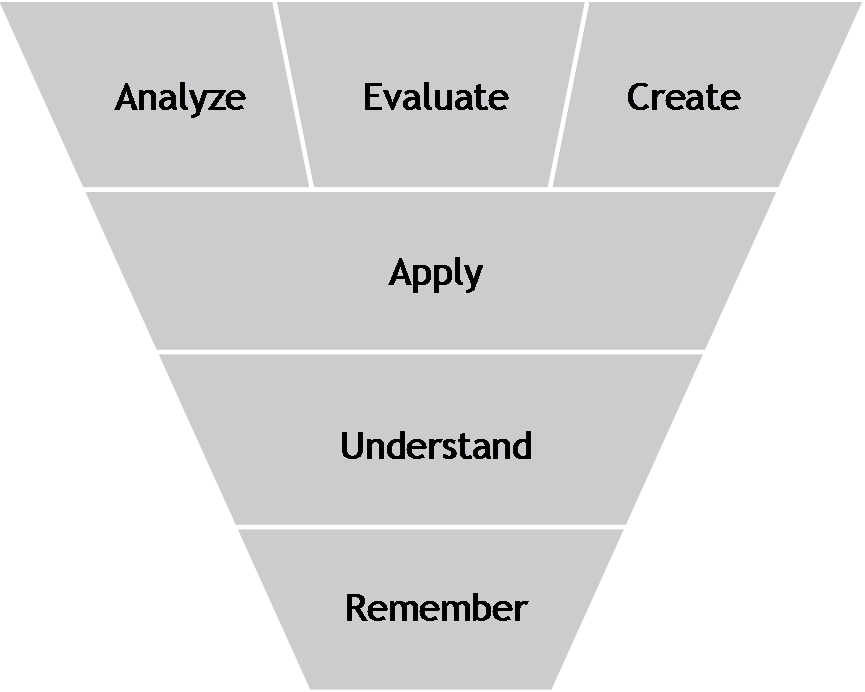
Bloom's Taxonomy
Upon successfully completing this topic’s activities, you will be able to:
- Describe the tradeoffs involved in using non-renewable energy sources.
- Explain the different methods of carbon capture and storage.
- Identify the benefits and challenges in using non-renewable energy sources including nuclear, hydroelectric, solar, geothermal, and tidal power sources.
- Analyze and discuss which form or forms of power generation would be best for a specific location.
Fossil Power. This video introduces greenhouse gas emissions during the generation of electricity.
Carbon Capture & Storage. This video examines the feasibility of capturing CO2 during the combustion of fossil fuels and storing it.
Nuke, Hydro, & Wind. This video discusses nuclear, hydroelectric, and wind power plants.
Solar, Geo, & Tidal. This video examines the renewable energy sources of solar, geothermal, and tidal power.
Ag Mitigation. This video examines mitigation of GHG emissions from agriculture.
Industrial Mitigation. This video describes mitigation of GHG emissions from industries.
Buildings Part 1. This video presents Part 1 of mitigation of GHG emissions from buildings.
Buildings Part 2. This video presents Part 2 of mitigation of GHG emissions from buildings.
Geoengineering. This video discusses geoengineering.

Mandatory
Textbook Chapter 8: Mitigtation Strategies: Electric Power Generation.
Textbook Chapter 9: Mitigtation Strategies: Other Sectors.Supplementary
IPCC Mitigation of Climate Change Report, Energy Supply. This website presents an overview of energy technologies. The website discusses how energy demand will increase in the next twenty years and the potential of alternative energy sources to accommodate global energy use. It examines which technologies are likely to be accepted by the public. It also explores the paradigm shift that the public will face when using different sources of energy, and it examines the differences in the distribution and availability of energy sources. It discusses how policy will need to intervene for a more rapid adoption of low emissions technology to occur.
IPCC Mitigation of Climate Change Report, Buildings. This website presents an overview of climate change mitigation possibilities in the short term, medium term and long term. It specifically addresses potential mitigation measures in the area of residential and commercial buildings, as well as our current gaps in knowledge.
IPCC Mitigation of Climate Change Report, Industry. This website presents an overview of climate change mitigation possibilities in the short term, medium term and long term. It specifically addresses potential mitigation measures in the area of industry.
IPCC Mitigation of Climate Change Report, Agriculture, Forestry, and Other Land Use. This website presents an overview of climate change mitigation possibilities in the short term, medium term and long term. It specifically addresses potential mitigation measures in the areas of agriculture, forestry, and other land use from a cultural perspective, sustainable development and mitigation, policies, instruments, and cooperative agreements.

In this week’s Exercise 4 you will calculate your own contributions to climate change using a carbon footprint calculator. You will learn about how individuals create GHG emissions. You will use a carbon footprint calculator to learn about your own contributions to GHG emissions and you will analyze how your personal GHG emissions compare with those from average US households and average world households. Lastly, you will learn about what actions you can take to reduce your individual GHG emissions. You will choose which actions fit your lifestyle in order to reduce your emissions by 50%.
